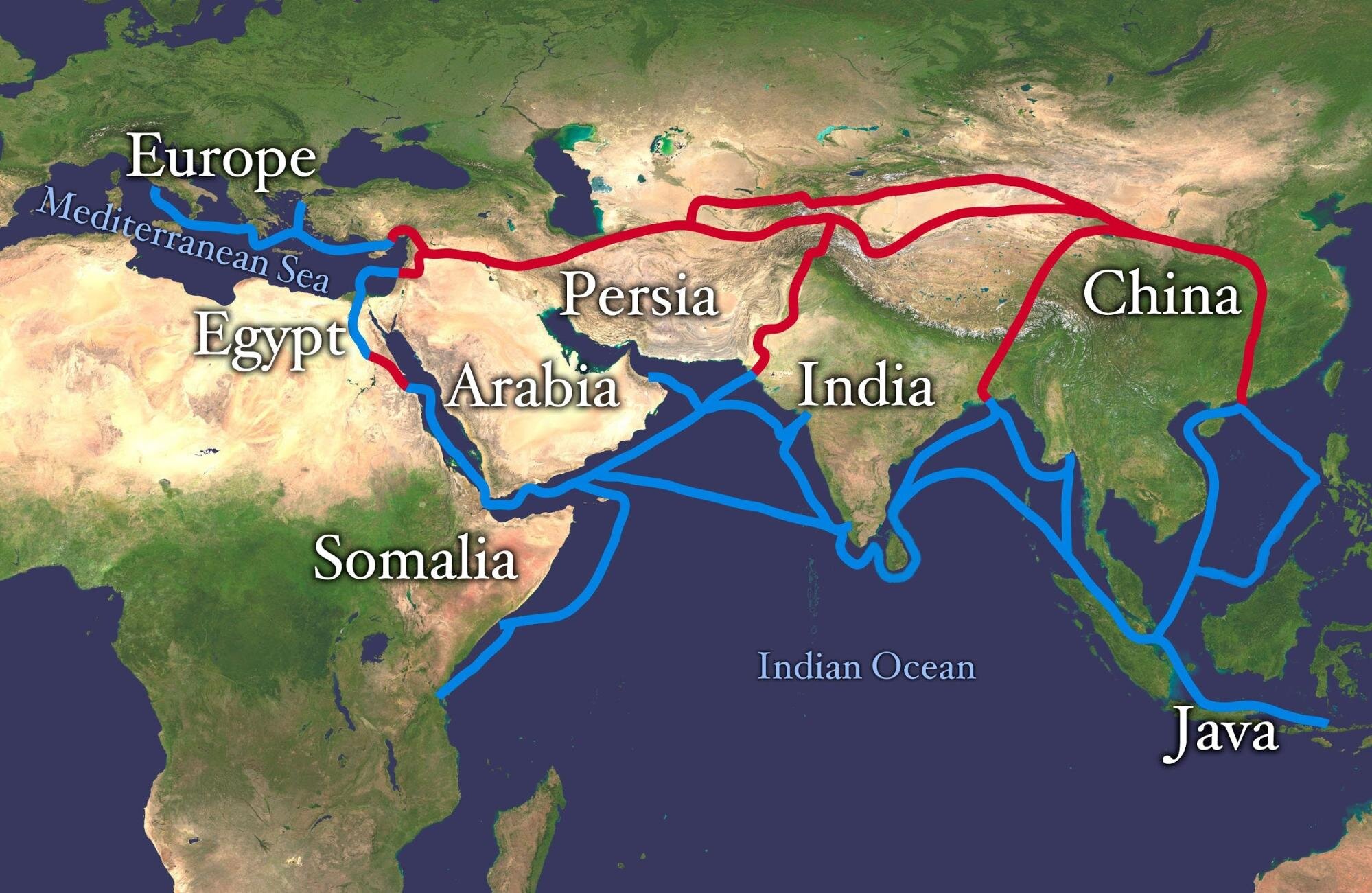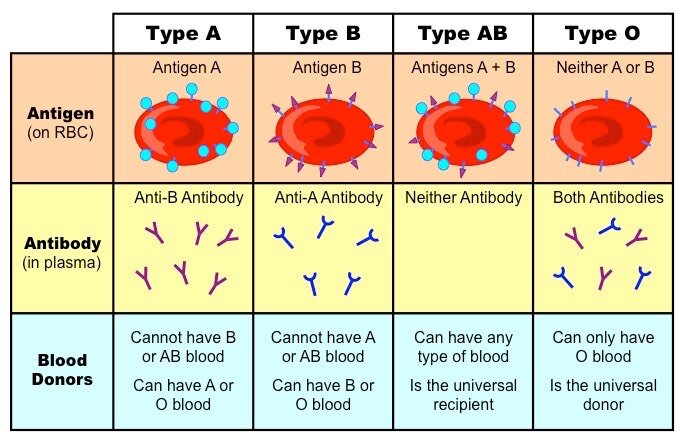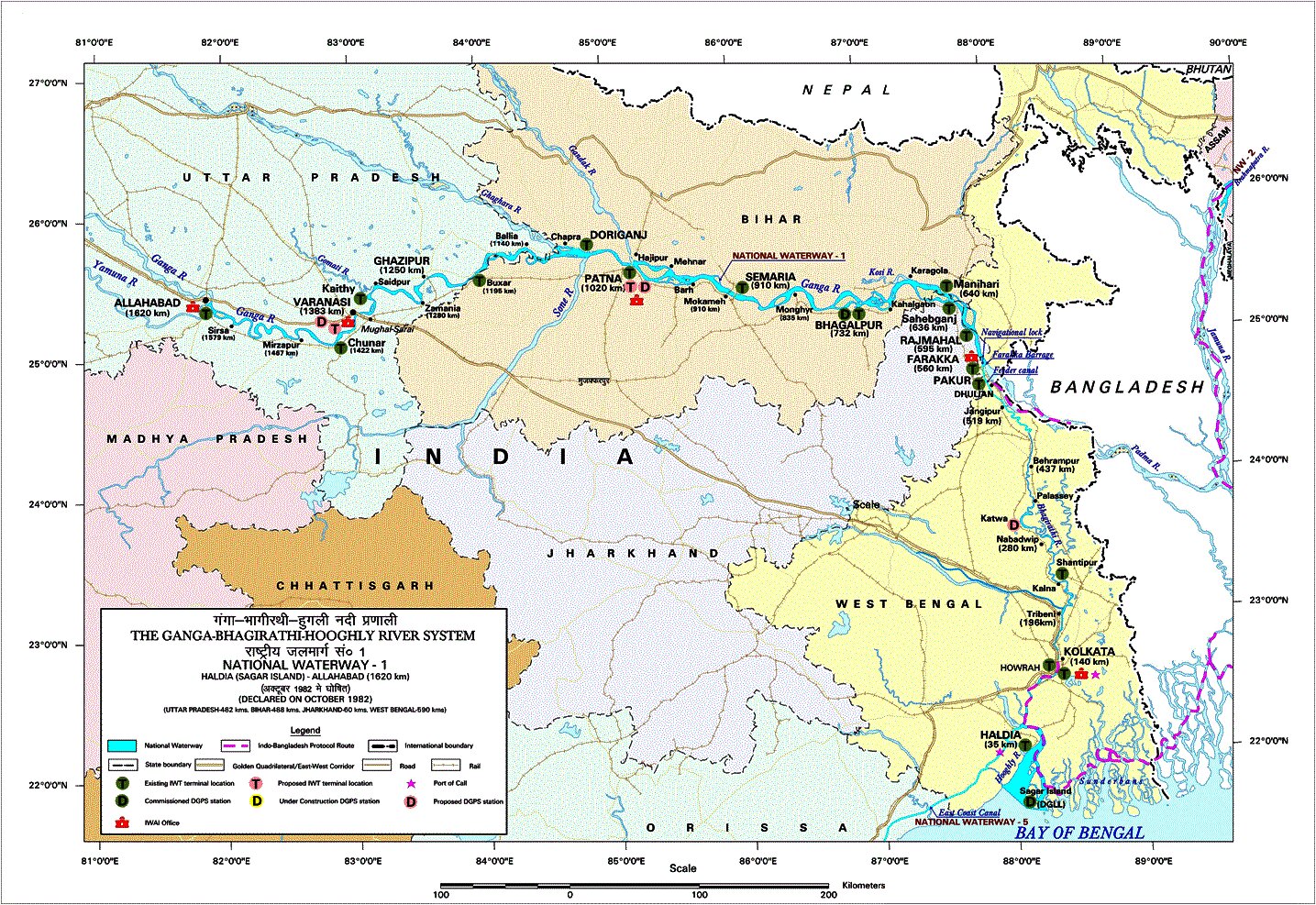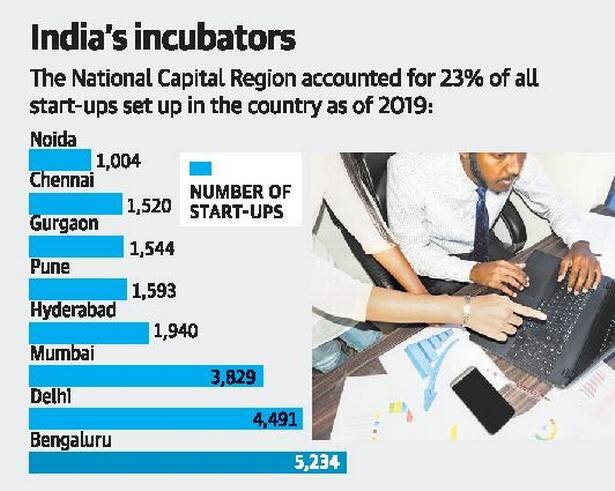International Relations
Eurasian Economic Forum
Recently, the Shanghai Cooperation Organization (SCO) organized the Eurasian Economic Union meeting.
- The forum called for greater cooperation in the spheres of communication, technology, and development amongst its member-nations.
- The entire event was organized to discuss and deliberate upon China’s Belt and Road Initiative, because of which India, despite being present in the SCO summit, decided to skip this meeting.
- The forum promoted the revival of the ancient Great Silk Road in Eurasia in a new, modern format.
- On the sidelines of this summit, in the meeting on economics and tourism, speakers pushed the idea of the SCO member states’ Eight Wonders Exhibition Tour, in which one historical monument or place corresponding to each member country will be represented on the pamphlet.
- For Kazakhstan, it was the Petroglyphs of Tamgaly,
- For China, it was the Daming Palace of the Tang dynasty, and
- For India, the monument chosen was the 182-metre Statue Of Unity of Sardar Vallabhbhai Patel.
- It was a network of trade routes that linked ancient regions of the world for the promotion of trade & commerce.
- It was regularly used during China’s Han dynasty rule from from 2nd century BC to 14th century AD.
- It stretched from China via India to Mesopotamia, Africa, Greece, Rome & Britain.
Eurasian Economic Union (EAEU)
- The Eurasian Economic Union is an international organization for regional economic integration that came into existence on 1st January 2015.
- The EAEU provides for free movement of goods, services, capital, and labor within its borders.
- It pursues, coordinates, & harmonizes the policies in the sectors determined by the Treaty and international agreements within the Union.
- The member states of the Eurasian Economic Union are,
- The Republic of Armenia,
- The Republic of Belarus,
- The Republic of Kazakhstan,
- The Kyrgyz Republic, and
- The Russian Federation.
Science & Technology
Bombay Blood Group
Recently there has been a spike in demand for a rare blood type called Bombay blood group.
- Under the ABO blood group system, blood group are classified into four common blood groups i.e. A, B, AB and O.
- Each red blood cell has antigen over its surface, which helps determine which group it belongs to.
- For instance, in the AB blood group, both antigens A and B are found. A will have A antigens; B will have B antigens. In O, there are no A or B antigens.
- The A, B, and O blood groups were first identified by Austrian immunologist Karl Landsteiner in 1901.
- The Bombay blood group (also called hh), is deficient in expressing antigen H.
- It means the RBC of hh blood group has no antigen H.
- Often the hh blood group is confused with the O group. The difference is that the O group has Antigen H, while the hh group does not.
- The rare Bombay blood group was first discovered in Mumbai (then Bombay) in 1952 by Dr Y M Bhende.
- Globally, the hh blood type has an incidence of one in four million. However, this blood type is more common in South Asia than anywhere else because of inbreeding and close community marriages.
- In India, one person in 7,600 to 10,000 is born with this type.
- Due to the rarity of hh blood type, patients face problems during a blood transfusion, often leading to death due to non-availability of hh blood.
- The individuals with Bombay blood group can only be transfused blood from individuals of Bombay hh phenotype only which is very rare.
- Rejection may occur if they receive blood from A, B, AB or O blood group.
- In contrast, hh blood group can donate their blood to ABO blood types.
- This group is generally not stored in blood banks, mainly because it is rare and the shelf life of blood is 35-42 days.
Indian Economy
India’s Second Multi Modal Terminal on Ganga at Sahibganj
Recently, Prime Minister has inaugurated India’s second riverine Multi Modal terminal built at Sahibganj in Jharkhand.
- This is being constructed on National Waterway-1 (River Ganga) under Jal Marg Vikas Project (JMVP) aided by World Bank.
- The First MultiModal Terminal has been constructed at Varanasi over River Ganga.
Importance of Multi-Modal terminal
- Industries in Jharkhand and Bihar will be opened up to the global market
- Accessibility for Indo-Nepal cargo connectivity through waterways route.
- Easier transportation of domestic coal from the local mines in Rajmahal area to various thermal power plants located along National Waterway-1.
- Stone chips, fertilisers, cement and sugar are also expected to be transported through the terminal.
- The connectivity to Kolkata, Haldia and further to the Bay of Bengal through convergence of Road-Rail-River Transport at Sahibganj.
- Connectivity to North-East States through Bangladesh by river-sea route.
National Waterway 1
- Ganga-Bhagirathi-Hooghly river system from Allahabad to Haldia was declared as National Waterway No.1.
- The NW-1 passes through Uttar Pradesh, Bihar, Jharkhand and West Bengal and serves major cities and their industrial hinterlands.
Important Facts For Prelims
Motihari-Amlekhgunj Pipeline
Recently,Prime Ministers of India and Nepal have jointly inaugurated a cross-border petroleum products pipeline.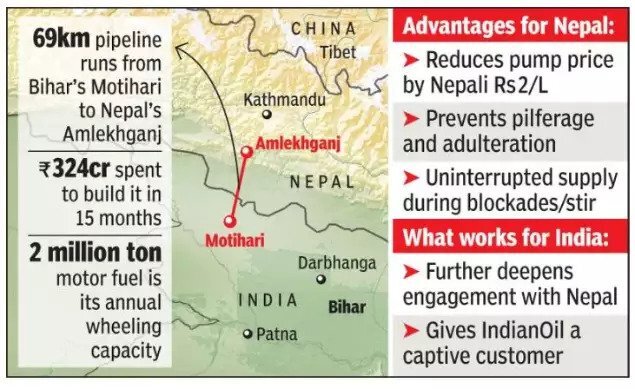
- Pipeline carries petroleum products from Motihari in India to Amlekhgunj in Nepal.
- This is South Asia’s first cross-border petroleum products pipeline.
- It is 69-km long having a capacity of 2 million metric ton per annum, will provide cleaner petroleum products at affordable cost to the people of Nepal.
- The project would help to deepen India-Nepal Bilateral Relationship.
Important Facts For Prelims
Equatorial Indian Ocean Monsoon Oscillation (EQUINOO)
Recently, the Indian Institute of Sciences (IISc), Bengluru has released a study about Equatorial Indian Ocean Oscillation (EQUINOO) and its effects over Indian Summer Monsoon.
- Positive phase of Equatorial Indian Ocean Oscillation (EQUINOO) is favourable to the Indian summer monsoon.
- Summer monsoon of 2019 picked up steam despite a delayed start due to increased cloud formation which is a feature of a positive phase of EQUINOO.
EQUINOO
- It is an oscillation between enhanced cloud formation and rainfall over the Western Equatorial Indian Ocean (WEIO) and suppressed clouding over the Eastern Equatorial Indian Ocean (EEIO), west of Sumatra.
- A positive EQUINOO phase is when the surface sea temperature in WEIO is above 27.5 degree Celsius leading to enhanced clouding, which is then suppressed in the eastern equatorial Indian Ocean.
- Positive phase of the ‘Equatorial Indian Ocean Oscillation (EQUINOO)
- Enhanced cloud formation and rainfall in western part of the equatorial ocean near the African coast, whereas this activity is suppressed near Sumatra.
- This phase produces good rains over India.
Important Facts For Prelims
Delhi-NCR: Highest Number of Startups in India
According to a report by Turbocharging Delhi-NCR Start-up Ecosystem, with over 7,000 start-ups, the Delhi-NCR now has the largest number of active start-ups in the country.
- It held that Delhi-NCR accounted for 23% of total start-ups in India with a cumulative value of $50 billion.
- Also, Delhi-NCR is home to 10 unicorns, with at least 1 new unicorn emerging each year since 2013.
- A unicorn is a term used in the venture capital industry to describe a startup company with a value of over $1 billion.

